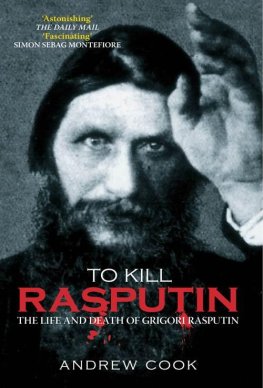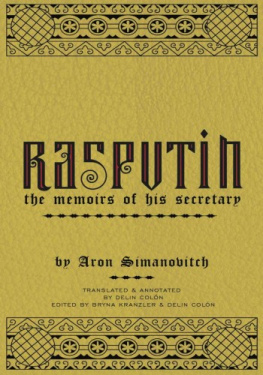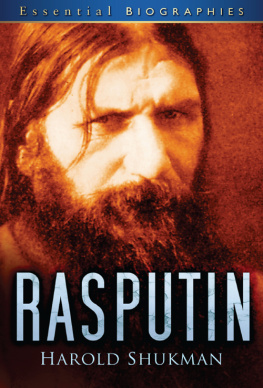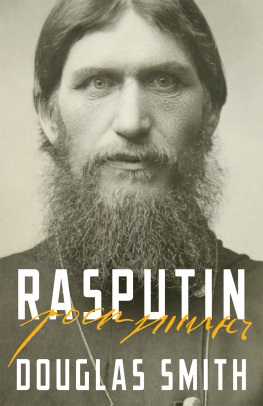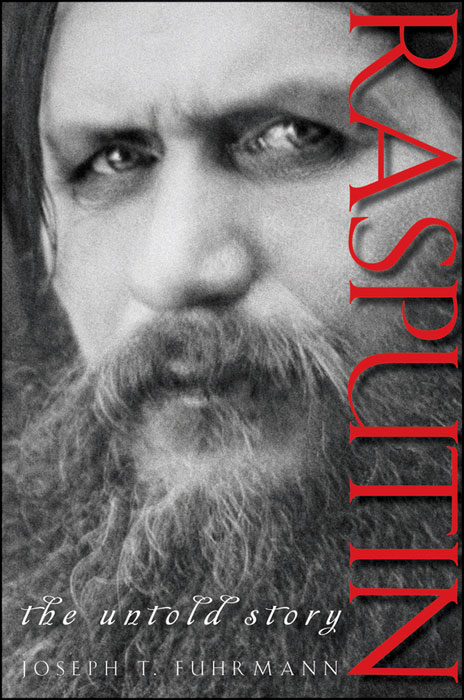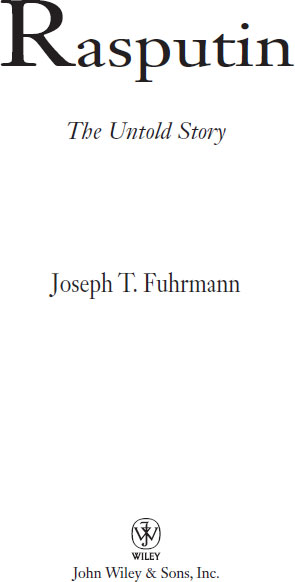This book is printed on acid-free paper.
Copyright 2013 by Joe Fuhrmann. All rights reserved.
Cover image: ITAR-TASS Photo Agency/Alamy
Cover design: Wendy Mount
Photo credits appear on page 271 and constitute an extension of the copyright page
Published by John Wiley & Sons, Inc., Hoboken, New Jersey
Published simultaneously in Canada
No part of this publication may be reproduced, stored in a retrieval system, or transmitted in any form or by any means, electronic, mechanical, photocopying, recording, scanning, or otherwise, except as permitted under Section 107 or 108 of the 1976 United States Copyright Act, without either the prior written permission of the Publisher, or authorization through payment of the appropriate per-copy fee to the Copyright Clearance Center, 222 Rosewood Drive, Danvers, MA 01923, (978) 750-8400, fax (978) 646-8600, or on the web at www.copyright.com . Requests to the Publisher for permission should be addressed to the Permissions Department, John Wiley & Sons, Inc., 111 River Street, Hoboken, NJ 07030, (201) 748-6011, fax (201) 748-6008, or online at http://www.wiley.com/go/permissions .
Limit of Liability/Disclaimer of Warranty: While the publisher and the author have used their best efforts in preparing this book, they make no representations or warranties with respect to the accuracy or completeness of the contents of this book and specifically disclaim any implied warranties of merchantability or fitness for a particular purpose. No warranty may be created or extended by sales representatives or written sales materials. The advice and strategies contained herein may not be suitable for your situation. You should consult with a professional where appropriate. Neither the publisher nor the author shall be liable for any loss of profit or any other commercial damages, including but not limited to special, incidental, consequential, or other damages.
For general information about our other products and services, please contact our Customer Care Department within the United States at (800) 762-2974, outside the United States at (317) 572-3993, or fax (317) 572-4002.
Wiley also publishes its books in a variety of electronic formats and by print-on-demand. Some content that appears in standard print versions of this book may not be available in other formats. For more information about Wiley products, visit us at www.wiley.com .
Library of Congress Cataloging-in-Publication Data:
Fuhrmann, Joseph T., date.
Rasputin : the untold story / Joseph T. Fuhrmann.
p. cm.
Includes bibliographical references and index.
ISBN 978-1-118-17276-6 (cloth : acid-free paper); ISBN 978-1-118-22693-3 (ebk); ISBN 978-1-118-23985-8 (ebk); ISBN 978-1-118-26458-4 (ebk)
1. Rasputin, Grigori Efimovich, ca. 18701916. 2. RussiaCourt and courtiersBiography. 3. RussiaHistoryNicholas II, 18941917. 4. Rasputin, Grigori Efimovich, ca. 18701916Religion. 5. MysticsRussiaBiography. 6. HealersRussiaBiography. 7. Russkaia pravoslavnaia tserkov?Biography. I. Title.
DK254.R3F79 2012
947.08'3092dc23
[B]
2012007301
For Mary
and our Scrabble games together
and for the love we share with
Natasha
Preface
Rasputin's legend has captivated and enthralled people for a century. Restaurants in Siberia, Vancouver, London, and Bangkok bear his name; beers and vodkas display his face on their labels. There have been musicals and operas, cartoons and comic books, as well as documentaries and more than a dozen films about his life.
A mountain of books has chronicled Rasputin's rise and fall with varying degrees of sensationalism and accuracy. Only a few are in English, and even fewer have advanced our understanding of his life. The first was by Iliodor (Sergei Trufanov), an ex-monk who published The Mad Monk of Russia, Iliodor: Life, Memoirs, and Confessions of Sergei Michailovich Trufanoff (Iliodor) in 1918. Although Iliodor began as a friend of Rasputin's and ended as his bitter enemy, he conceded that the peasant's religious quest was sincere, at least in the early years. The book remains pivotal as a firsthand account of Rasputin's rise to power, although Iliodor also invented facts and conversations: I put in a little extra, he later admitted, especially at the end.
Two important books appeared in 1928 and 1935. In 1928, the popular writer Ren Flp-Miller's Rasputin, the Holy Devil provided the first serious English-language biography. Flp-Miller drew on memoirs and published primary materials. His work has merit, but the many fictionalized episodes and invented conversations make the book problematic. Yet it was the standard reference on Rasputin's life for most of the twentieth century. Alexander Spiridovich, who headed the security forces guarding the Romanovs, wrote Raspoutine , 18631916: D'aprs les documents russes et les archives prives de l'auteur (Rasputin, 18631916, based on Russian documents and the author's private archives), in 1935. Although the book contains inaccuracies, Spiridovich was a keen and honest observer who benefited from access to police reports and official records.
Rasputin's older daughter, Maria, was in a position to speak with authority on her father and his life. She published The Real Rasputin (1929), My Father (1934), and Rasputin: The Man behind the Myth (1977), with Patte Barham. The first two books contain valuable information and insights, and they probably reflect much of what Rasputin thought about himself. The third volume is sensationalized and far less reliable, advancing theories and incidents Maria never previously mentioned.
Numerous other works appeared throughout the twentieth century, notably Elizabeth Judas's Rasputin: Neither Devil nor Saint (1942), which is based on the author's own interactions with the peasant. Colin Wilson's Rasputin and the Fall of the Romanovs (1964) attempted to refute Rasputin's satanic image, while Robert K. Massie's Nicholas and Alexandra (1967) offered a magnificent story of the last tsar, although its account of Rasputin was based largely on Flp-Miller's book.
A full English-language biography of Rasputin finally appeared in 1982, when Alex de Jonge published The Life and Times of Grigorii Rasputin. De Jonge clearly had a good feel for Rasputin. Unfortunately, he was hampered by Soviet policy that tried to control what the world would know about Nicholas II and his circle. This control denied foreign scholars access to archives that would provide vital information and answer even such simple questions as: When was Rasputin born? Did he die rich or poor? A host of errors in the text, the footnotes, and even the bibliography is disappointing.
Brian Moynahan's Rasputin: The Saint Who Sinned (1997) focuses on salacious gossip surrounding the peasant and his career. As a serious biography, it failed the test of serious scholarship.
Russia held all of the documents needed to tell Rasputin's story, but for years they remained closed to foreigners. The Soviet government did publish archival documents chronicling the last years of the Romanov dynasty, the most important being Padenie tsarskogo rezhima (Fall of the Tsarist Regime), which appeared in seven volumes between 1924 and 1927 and was edited by P. E. Shchegolev. Padenie contains interrogations, depositions, and other materials gathered by the Extraordinary Investigatory Commission of the Provisional Government in the spring of 1917. The commission was interested in the public activities and private lives of key figures in the Old Regime. But documents favorable to Nicholas II, Alexandra, and Rasputin were not included in Padenie.


